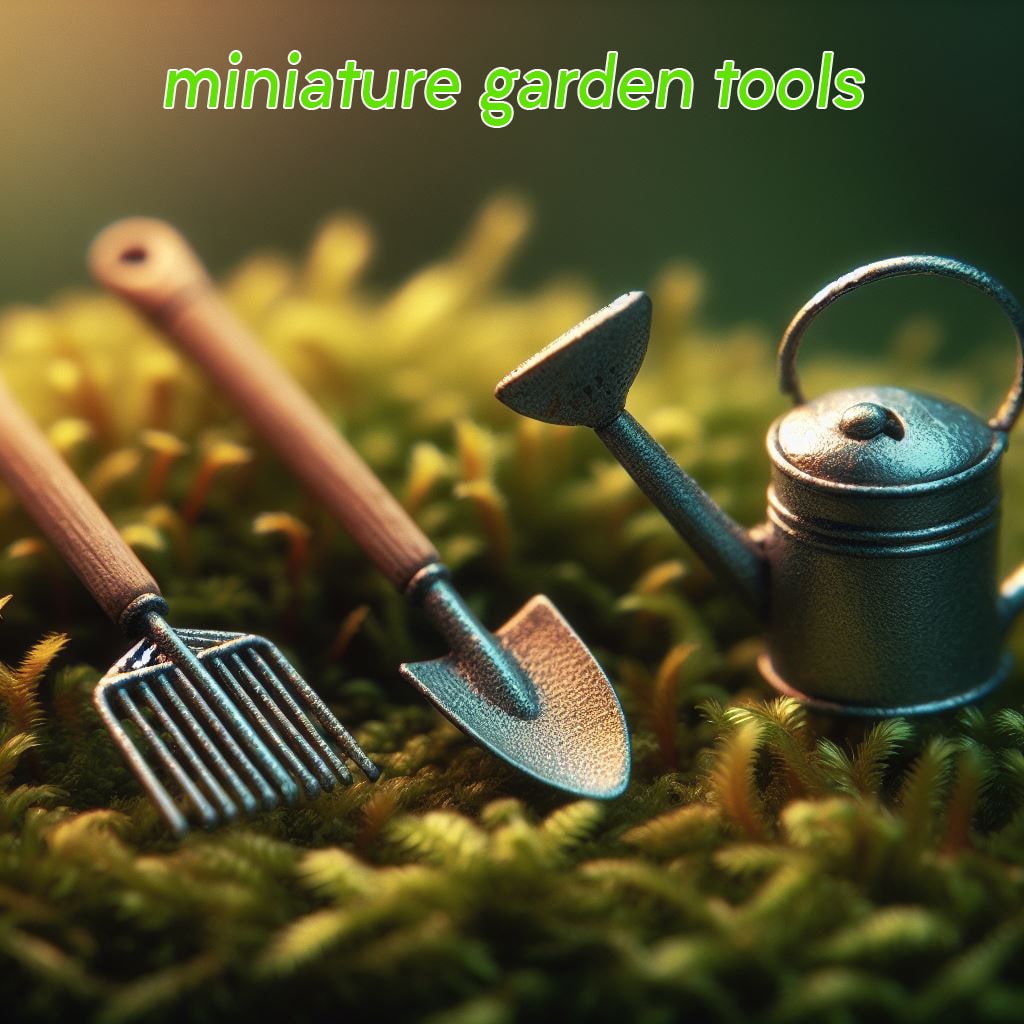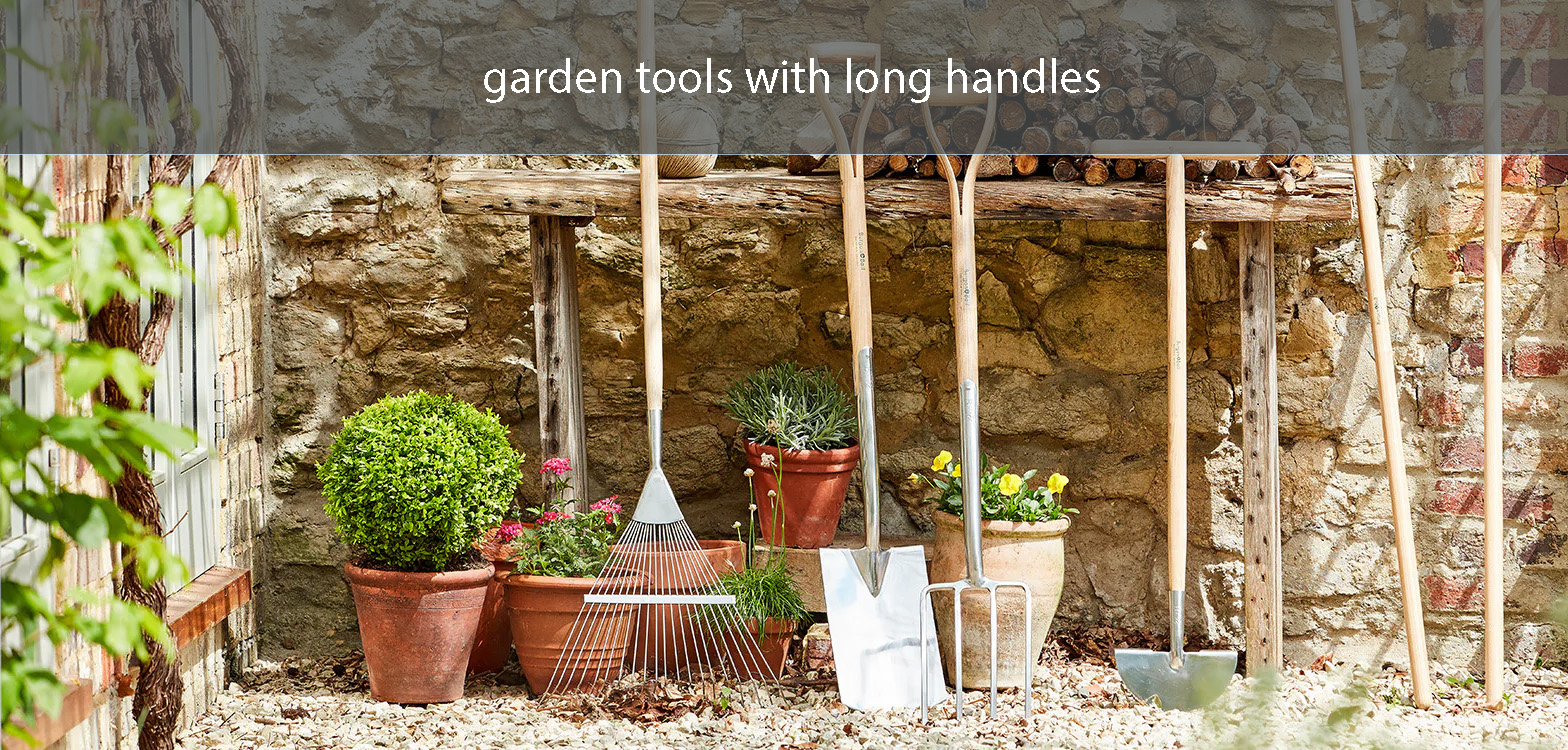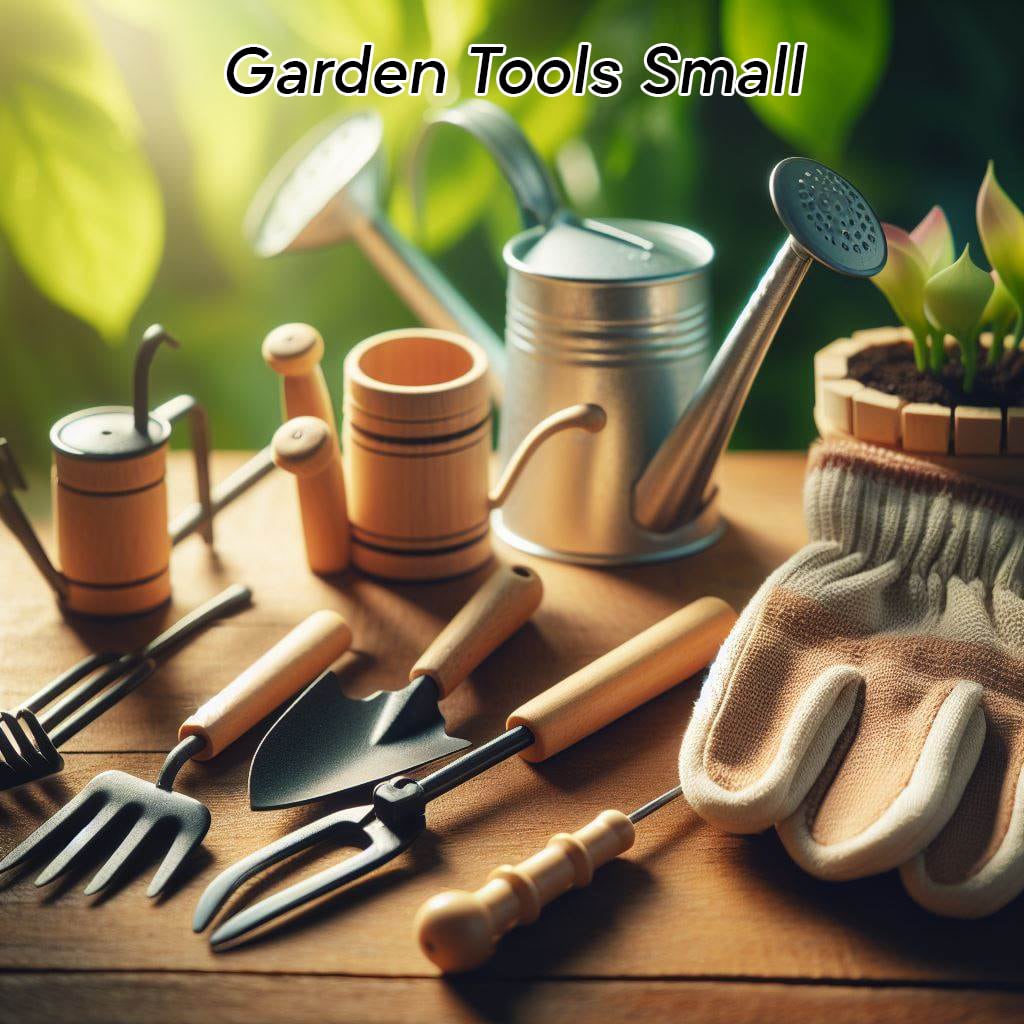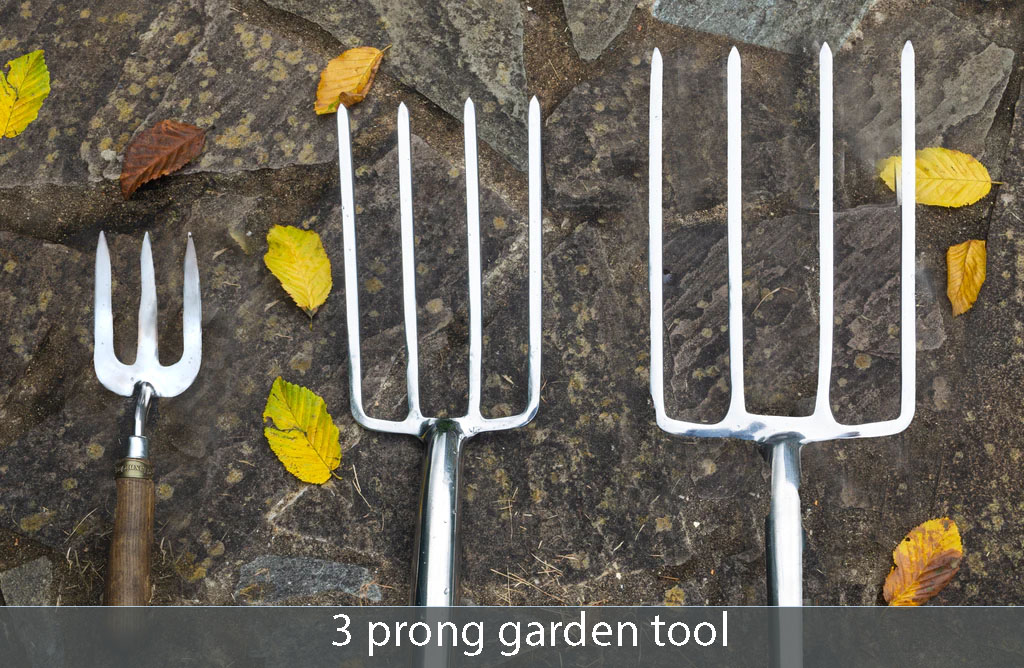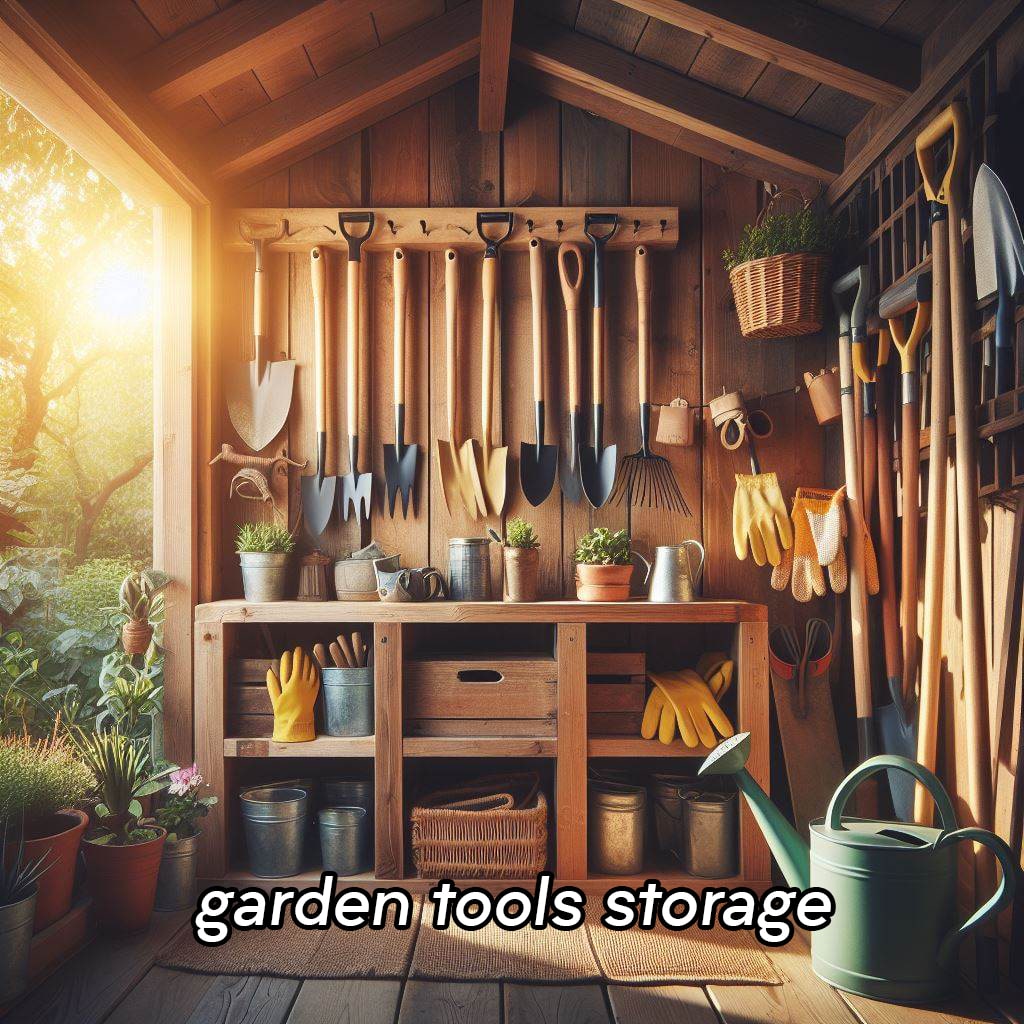Anthurium clarinervium, popularly known as the Velvet Cardboard Anthurium, is a stunning plant known for its shimmering, heart-shaped leaves. If you’ve recently acquired one or are looking to understand its intricacies, you’ve come to the right place. This guide will provide you with the latest Anthurium clarinervium growing tips and care information for 2023.
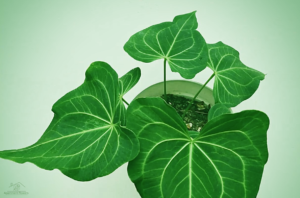
| Aspect | Details |
|---|---|
| Propagation Method | Cuttings with at least two nodes |
| Light Requirement | Bright, indirect light |
| Watering Frequency | When the top inch of soil feels dry |
| Soil Mix | Equal parts of peat moss, orchid bark, and perlite |
| Fertilization | Diluted liquid fertilizer (20-20-20) every six weeks during growing season |
| Humidity | High; around 80% |
| Temperature | 65°F to 70°F (18°C to 21°C) during the day |
| Pruning | Remove dead or yellowing leaves with sterilized shears |
| Pests/Diseases | Aphids, scale, root rot; treat with insecticidal soap or adjust watering |
Anthurium clarinervium Care Essentials
Light Requirements
Anthurium clarinervium, has specific light requirements crucial for its optimum growth. Ideally, it thrives in bright, indirect light. This ensures the plant receives adequate illumination without the harshness of direct sunlight, which can scorch its velvety leaves, leading to brown or yellow discolorations. A spot near a north-facing window or a few feet away from an east or west-facing window usually provides the right balance. If you notice the leaves turning yellow or becoming pale, it might be receiving too much light, whereas leggy growth or dark green leaves can indicate insufficient light. Adjusting its position to balance its light intake can promote vibrant and healthy growth.
Watering
Anthurium clarinervium watering should be moderate. Keep the soil moist but not waterlogged. A good rule of thumb is to water once the top inch of soil feels dry to the touch.
Soil Mix
The Anthurium clarinervium flourishes best in a well-draining soil mix that closely mimics its natural epiphytic environment in the wild. A recommended mix for this plant includes equal parts of peat moss, orchid bark (or pine bark), and perlite. This combination ensures proper aeration, mimicking the loose forest floor, and prevents waterlogging, which can lead to root rot. Adding a bit of activated charcoal can further purify the soil, warding off fungal and bacterial issues. Ensuring a pH level between 6.0 to 7.5 is ideal for this plant. Regularly monitoring the soil’s moisture levels and ensuring the pot has proper drainage holes will further support the health and growth of the Anthurium clarinervium.
Temperature and Humidity
Anthurium clarinervium temperature tolerance ranges between 65°F and 70°F (18°C to 21°C) during the day and slightly cooler at night. As for humidity, they thrive in high humidity levels, so maintaining a level of around 80% is ideal.
Fertilization
Anthurium clarinervium benefits from regular fertilization to support its vibrant foliage and occasional flowering. For optimal results, use a balanced liquid fertilizer (like a 20-20-20 formula) diluted to half the recommended strength. Apply this diluted solution every six weeks during the growing season (spring and summer). It’s essential to water the plant lightly before fertilizing to prevent the roots from getting burned by the concentrated nutrients. During the dormant months (fall and winter), reduce the frequency or withhold fertilization entirely, as the plant’s growth slows down and it requires fewer nutrients. Over-fertilization can lead to salt buildup in the soil, so it’s crucial to ensure the fertilizer is appropriately diluted and applied judiciously.
Pruning
Pruning Anthurium clarinervium helps maintain its shape and remove dead or yellowing leaves. Use sterilized pruning shears to prevent the spread of diseases.
Propagating Velvet Cardboard Anthurium
Interested in expanding your Velvet Anthurium collection? Here’s how to propagate Anthurium clarinervium from cuttings:
- Prepare the cutting: Ensure it has at least two nodes.
- Rooting hormone: Although optional, dipping the cut end in rooting hormone can encourage faster root growth.
- Planting: Place the cutting in a pot with the previously mentioned soil mix.
- Environment: Maintain high humidity and warmth to encourage rooting.
Anthurium clarinervium Growing Tips
Leaf Care: Use a damp cloth to wipe Clarinervium leaves every week. This keeps them free from dust and pests.
Root Care: Anthurium clarinervium root care is crucial. Ensure you’re not overwatering, and the pot has proper drainage holes to prevent root rot.
Repotting: Consider repotting Anthurium clarinervium every 2-3 years or when the plant becomes root-bound.
Common Issues and Their Solutions
Pests and Diseases: Anthurium clarinervium pests and diseases include aphids, scale, and root rot. Use insecticidal soap for pests and adjust watering routines if you suspect root rot.
Yellowing Leaves: This could be due to overwatering, under-watering, or too much direct sunlight. Adjust your care routines accordingly.
Anthurium clarinervium vs. Other Anthurium Species
While many Anthurium species are available, the Velvet Cardboard Anthurium stands out due to its unique, velvety leaf texture. However, when it comes to caring for Anthurium clarinervium, the routines are similar to other Anthurium species care but with slightly increased humidity needs.
Do you want to read more about other Anthurium species? Click the link below.
Conclusion
Caring for Anthurium clarinervium might seem challenging, but armed with these tips for growing a healthy Velvet Cardboard Anthurium, you’re well on your way to having a thriving plant. Remember to monitor its environment and adjust as necessary, ensuring a long and vibrant life for your green companion.

![anthurium clarinervium [Propagation, Grow & Care Guid 2023]](https://apartmentflowers.com/wp-content/uploads/2023/08/anthurium-clarinervium-grow-pot-163239.png)

